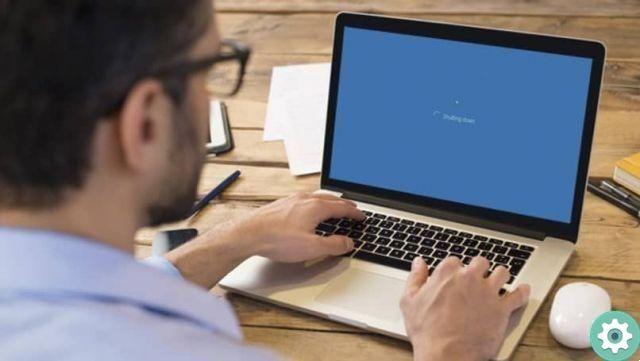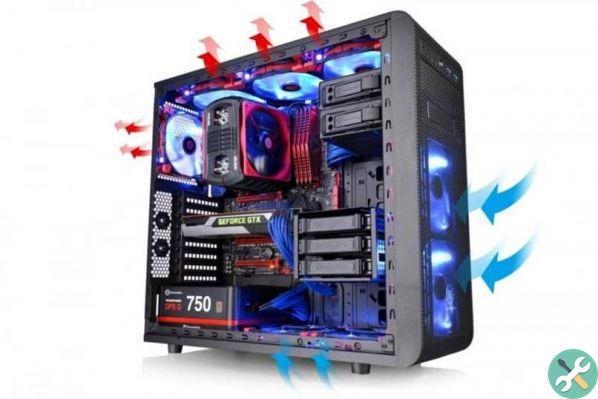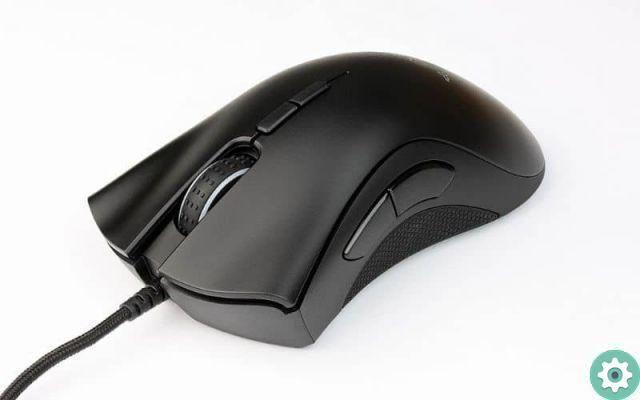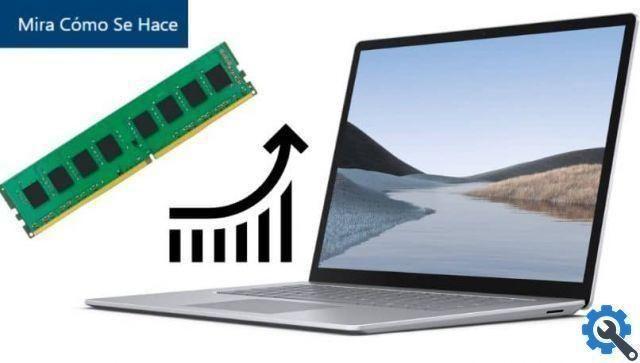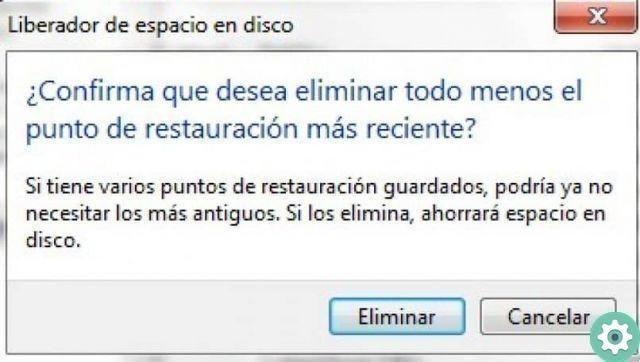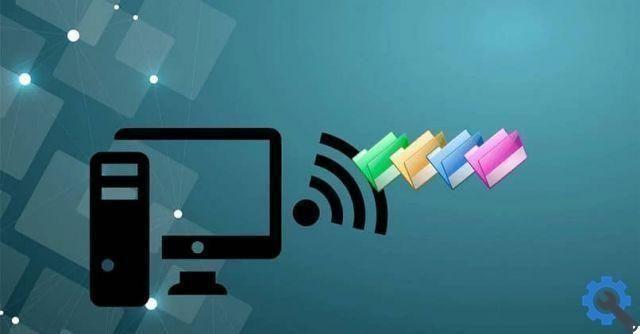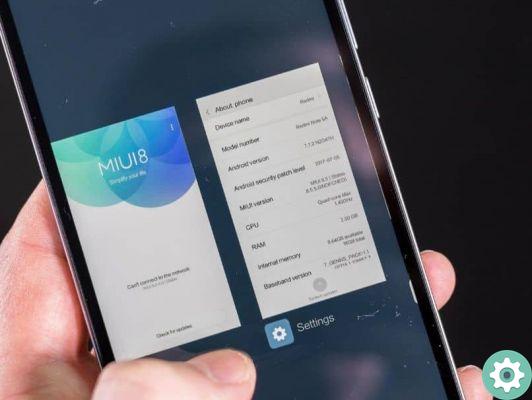What is a virtual desktop in Windows, what is it for and how does it work?
A multitasking user must be organized to achieve successful results. The combination Alt + Tab it might be the only thing you know how to use when you want log in to another open application and you have a lot of pending activities on your computer. If that's the case, a virtual desktop might be your new favorite tool.
What is a virtual desktop in Windows?
A virtual desktop in Windows is a tool that allows you to organize several screens on the same monitor. In this way, the operating system makes work easier from independent spaces.
The virtual desktop will only show the applications you want so you can organize your screens based on the tasks you will perform. Therefore, they will open all the apps you are using on the current desktop.
Undoubtedly, it is recommended to use multiple desktops in Windows 10, especially for users who make extensive use of their computers. If you are someone who works with Windows 10, this feature will most likely be of great use to you.
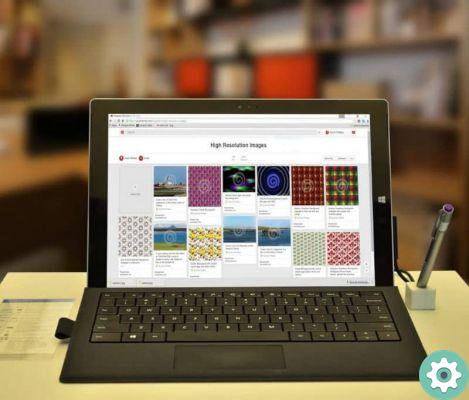
What is a virtual desktop in Windows for?
A virtual desktop is used to organize applications based on the activities and purpose of each. So, the user can separate activities productive from the hobbies he enjoys from his computer.
Virtual desktops can be an extremely useful tool if you want increase your performance thanks to a better organization of projects through applications you use at the same time.
Management of multiple windows
The operating system allows you to manage the windows you have added to each virtual desktop. Also, you can toggle more options on each screen and allow the same window to be active on multiple desktops at the same time.
How does a virtual desktop work in Windows?
Un virtual desktop distributes windows in different contexts to separate jobs that are running at the same time. The added windows remain hidden if they are not on the current desktop. Thus, the user can navigate through all the virtual desktops he has created without one interfering with the other.
This Windows tool organizes applications based on the activities they are connected to. Therefore, you could develop a business or academic project with multiple programs for your work and at the same time you can review game applications that are on another desktop.
How to create a virtual desktop in Windows?
Creating a virtual desktop is a very simple procedure. If you have Windows 10 operating system, you need to follow the instructions below:
Locate the "Activity view" or use the combination Windows + TAB. Then, hit the button "New desktop" located in the lower right part of the screen. If you want to create the virtual desktop immediately, use the combination Windows + Control + D.
Anyway, if you still have doubts about it and want to see the information in more detail, we also have a guide to create a new virtual desktop in Windows 10 from CMD.
Move Windows to a virtual desktop
It is important to move the desired windows to the newly created virtual desktop. For this, right-click on the window, select the option "Move" and choose the new desktop.
Switch between desks
In order to switch between virtual desktops you need to use the combination Windows + Ctrl + ← if you want to go to the screens on the left or Windows + Ctrl + → where are the other virtual desktops you created.
Note that it is also possible to open programs on different virtual desktops. Also, this could be very useful in a variety of circumstances.






